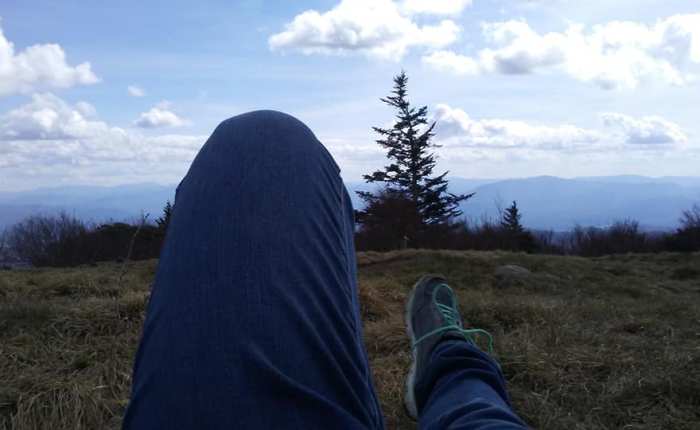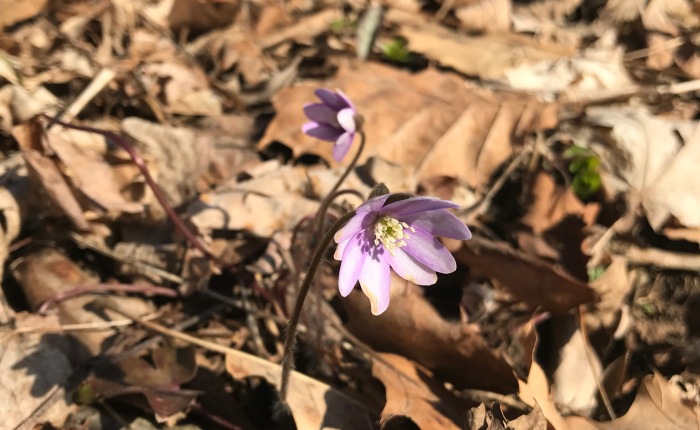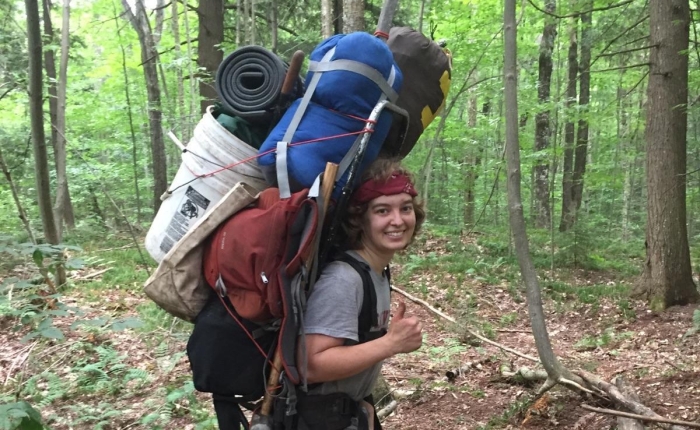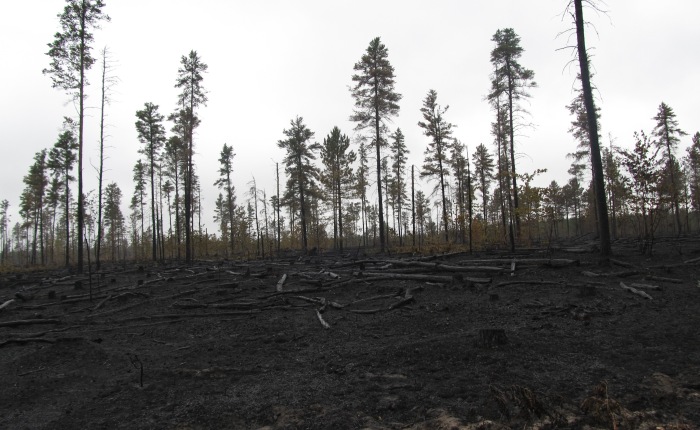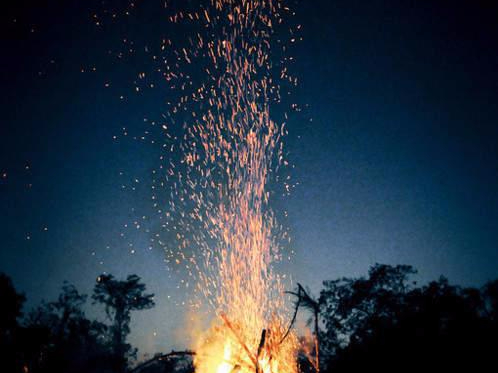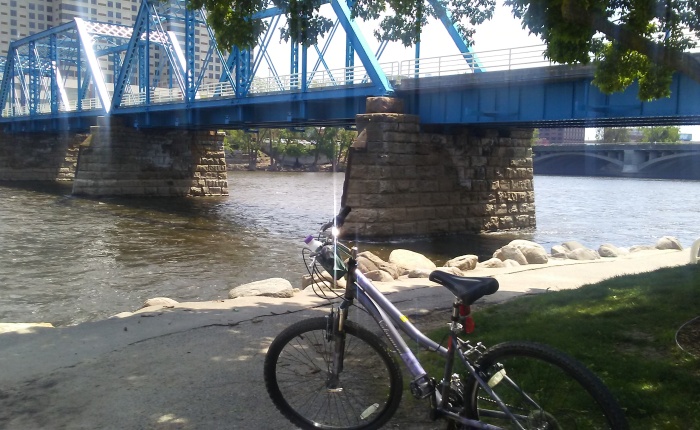Anyone who knows me would do a double-take at that title. My roommates in college called me a Recycling Guru, and I spent ten months living on a minimalist budget as an AmeriCorps volunteer informing residents of Clark County, Washington how to “recycle right.” Sustainability and resource management is one of my driving passions; however, our recycling systems have a lot of flaws.
Here’s a list of the top 10 flaws with current recycling systems, but the markets are so complex that there are many issues that I won’t even touch on or go in depth with here.
1. Recycling is a Profit-driven Business
Recycling is driven by markets and profits. That can cause barriers to making choices that will benefit people and the planet the most if that choice will damage the business’s profits or sales. Read New York Times Article “The Conflict of Interest that is Killing Recycling”
2. Lack of Unity
While some cities or counties create contracts with a specific hauler, there are many different haulers out there. All are independent businesses and have different types of sorting capacities and access to markets which means that they don’t always accept the same materials or collect them in the same way. The recycling symbol is universally known, but its meaning has been reduced to “may or may not be recyclable in your area.” There’s not many universal rules when it comes to recycling.
3. Lack of Communication
A material passes through many hands from resource extractors, processors, package designers, processors, marketers, consumers, recycling haulers, and recycling processors. There are a variety of individual companies in each segment located all over the globe, and they don’t always communicate across the board. Often the recyclers are working backwards to try to find buyers or processes to recycle more products rather than producers making products that can be easily recycled. And consumers are stuck in the middle of all of the turbulent confusion.
4. Single Stream Recycling
Recycling can be especially confusing for consumers. In order to increase recycling participation, in the 2000s haulers started switching to single stream–or mixed recycling: where paper, plastic, metal, and sometimes glass can all be thrown into the same cart. Even with single stream recycling, US recycling rates have teetered out at around 30%. Additionally, it takes a lot more effort to sort those materials out later, and mixing them increases contamination. Paper is especially vulnerable to being contaminated by moisture from water or food residue on other materials or getting ripped up or stuck to other materials. How much was really gained by converting to single stream?
5. Contamination
A combination of the above flaws leads to increased contamination which reduces market value of the material. Residents sometimes throw outright trash (hoses, medical needles, hazardous waste, dirty diapers, etc.) into recycling receptacles. But a lot of contamination is specific types of plastic like grocery bags or materials that can be recycled separately through certain programs but not in curbside recycling. Haulers are in trouble of closing if they can’t find buyers for their bales and contamination increases that risk.
6. Accursed Plastic
Plastic bags are the bane of the waste system, most places don’t have the equipment to efficiently sort them out. They get stuck in gears and belts backing up the system; they get caught up in winds and become pollution; they are stuffed with other materials and end up being thrown out as trash. They even cause problems at the landfill.
Plastic in general is a headache. Within the #1-7 resins, there are different chemical combinations, mixed materials, and shapes that make sorting and processing complicated. These subtle differences between products and what specific haulers accept is confusing enough to make people either throw it all in (leading to higher contamination) or stop recycling all together.
Plastic is also one of the least sustainable materials to recycle: it can only be melted and reformed a few times before the bonds are too broken down; it releases a variety of chemicals during its lifetime; it can easily become litter that persists in the environment; it is made with oil and requires a constant supply of raw resources even with recycling. So far, the new bioplastics made of plant products are not recyclable and only compostable under certain conditions.
7. Downcycling
Some materials like glass and aluminum are recycled into the bottles and cans like the original product, but paper and plastic is often recycled and processed into new materials which are not recyclable and destined for the trash such as tissues, toilet paper, plastic bags, rigid plastic objects (cutlery, toys, etc.), and mixed material products. Or you get products like t-shirts made with recycled water bottles when there are so many other material options that may be more environmentally-responsible for a t-shirt. Additionally, raw materials are still needed to make the product that is being recycled. If you always recycle paper but you don’t purchase paper with recycled content (note it’s really hard to find 100% recycled content), are you really saving that many trees?
8. Lack of Life Cycle Thinking by Manufacturers and Consumers
New products and packaging are constantly being produced, much of which is not easily recycled. Haulers try to meet the demand of consumers to recycle more materials but end up reducing the quality of end material for recycling processors. If everyone made choices with the whole life cycle of the product in mind, we might be able to connect the loop.
9. Recycling’s Environmental Footprint
Recycling takes lots of energy and can create pollution during processing and transportation. Most materials are shipped around the world for processing. In many places around the world, regulations are so loose that much of the material can end up as litter and during processing pollutants may be released into the environment. It’s important to know your hauler and also where they are selling their sorted bales. China has been placing strict laws on their waste and recycling imports to help clean up their environment (research China Green Fence, National Sword, and Blue Sky policies).
10. Recycling will not save the World
The most major flaw is the public’s conception of recycling as some magical solution that will save the planet. Even if everyone recycled, even if they all recycled only what was accepted by their haulers, the planet would still be in trouble. Recycling should always be the last “R”. Reduce, Reuse, and so many other terms (ReThink, Rot aka Compost, etc) should be actions that dominate our thoughts and actions before recycling.
While the state of Washington has a 50% recycling rate, they also produce 7.3 pounds of waste per person per day compared to the US average of 3.5 pounds, which is still unreasonably high (EPA stats). Recycling is not an excuse to produce waste.
All that said, DON’T STOP RECYCLING! Use recycling as a stepping stone towards living a more sustainable lifestyle where you think ahead to reduce waste and environmental impacts with every choice you make.
RESOURCES:
Always confirm with your local hauler which materials they accept. There may also be other opportunities for recycling items like batteries and electronics at local stores and drop-off locations. Follow my blog for more posts like this one!
Earth 911
Zero Waste Wisdom
EPA – Recycling
How2Recycle
PlasticFilmRecycling.org
RecycleYourPlastics.org
Carton Council
TerraCycle


